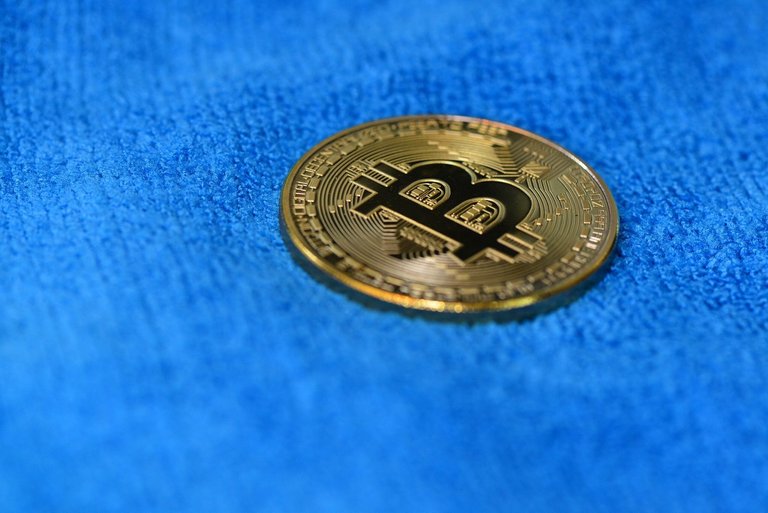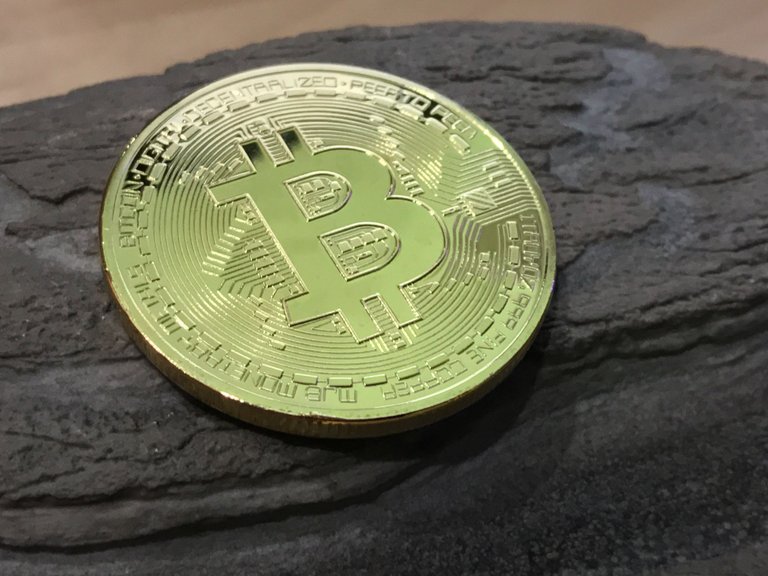
The evolution of blockchain technology has ushered in a new era of digital finance, characterized by the creation of decentralized applications (DApps) and the proliferation of various cryptocurrencies. However, as blockchain networks like Ethereum have grown in popularity, they've encountered significant scalability issues, leading to high transaction fees and slower processing times. This challenge has paved the way for the development of Layer 2 solutions, a critical innovation aimed at enhancing the scalability and efficiency of blockchain networks without compromising on security or decentralization.
Layer 2 tokens, which operate on these second-layer platforms, are emerging as significant players in the blockchain ecosystem, offering unique functionalities and benefits. This post explores the concept of Layer 2 tokens, their functionality, and benefits and highlights some promising Layer 2 tokens that are poised for success.
What are Layer 2 Tokens?
Layer 2 tokens are digital assets that exist on secondary frameworks built on top of existing blockchain networks, commonly referred to as the "base layer" or Layer 1. Layer 2 solutions are designed to offload transaction processing from the main blockchain to a secondary layer, which can process transactions more efficiently before finalizing them on the main blockchain. This approach significantly enhances a network's scalability and transaction throughput while reducing costs and maintaining the underlying blockchain's security and decentralization principles.

Functionality of Layer 2 Tokens
Layer 2 tokens inherit the security and trust of the underlying blockchain while leveraging the enhanced scalability and efficiency of the Layer 2 solution on which they operate. These tokens can represent a wide range of digital assets, including currencies, utility tokens, governance tokens, and Non-Fungible Tokens (NFTs), among others. Layer 2 solutions employ various mechanisms to achieve scalability, including state channels, sidechains, rollups, and Plasma chains, each with its unique approach to processing transactions off-chain.
State Channels allow participants to conduct numerous transactions off-chain, with only the initial and final states of these transactions being recorded on the main blockchain.
Sidechains are independent blockchains that run parallel to the main blockchain, allowing for asset transfer between the two chains.
Rollups (both optimistic and zero-knowledge rollups) batch multiple off-chain transactions into a single transaction, significantly reducing the data that needs to be stored on the main blockchain.
Plasma Chains create child blockchains that are anchored to the main blockchain, enabling efficient transaction processing in a secure, scalable manner.

Benefits of Layer 2 Tokens
Enhanced Scalability: By offloading transactions to a secondary layer, Layer 2 tokens facilitate faster and more efficient transaction processing, enabling DApps to scale effectively and meet user demand.
Reduced Transaction Costs: Layer 2 solutions significantly lower the cost of transactions by reducing the burden on the main blockchain, making micropayments and frequent transactions economically viable.
Improved User Experience: Faster transaction times and lower fees contribute to a better user experience, encouraging wider adoption of blockchain technology and DApps.
Interoperability: Some Layer 2 solutions offer cross-chain interoperability, enabling seamless asset transfers and interactions between different blockchain ecosystems.
Innovation and Flexibility: Layer 2 platforms provide a fertile ground for innovation, allowing developers to experiment with new applications and services without congesting the main blockchain.
Promising Layer 2 Tokens
Matic Token (Polygon): Polygon (previously known as Matic Network) is a Layer 2 scaling solution for Ethereum that provides a framework for building and connecting Ethereum-compatible blockchain networks. Its native token, MATIC, is used for governance, staking, and paying transaction fees on the network.
Loopring (LRC): Loopring is a Layer 2 scaling protocol that employs zero-knowledge rollups to facilitate high-speed, low-cost trading and payments on Ethereum. The LRC token is used for governance and to incentivize user participation and network security.
Arbitrum and Optimism: Although not tokens per se, both Arbitrum and Optimism are leading Layer 2 scaling solutions that use optimistic rollups to improve Ethereum's scalability. They have garnered significant attention and adoption, indicating a promising future for projects built on these platforms.
xDai (STAKE): xDai is a stable payment blockchain designed for fast and inexpensive transactions. STAKE is the native token used for staking and governance within the xDai ecosystem, which operates as a sidechain to Ethereum.
 Conclusion
Conclusion
Layer 2 tokens play a pivotal role in addressing the scalability challenges faced by blockchain networks, offering a path towards a more efficient, cost-effective, and user-friendly digital economy. As the blockchain ecosystem continues to evolve, Layer 2 solutions and their associated tokens are poised to drive the next wave of innovation and adoption in the space. With their unique functionalities and benefits, Layer 2 tokens like MATIC, LRC, and STAKE are well-positioned to be among the winners in the rapidly expanding world of decentralized finance (DeFi) and beyond.
There is reasonable evidence that this article is machine-generated. Posting such content is considered fraud. Fraud is discouraged by the community and may result in the account being Blacklisted.
Guide: AI-Generated Content = Not Original Content
If you believe this comment is in error, please contact us in #appeals in Discord.